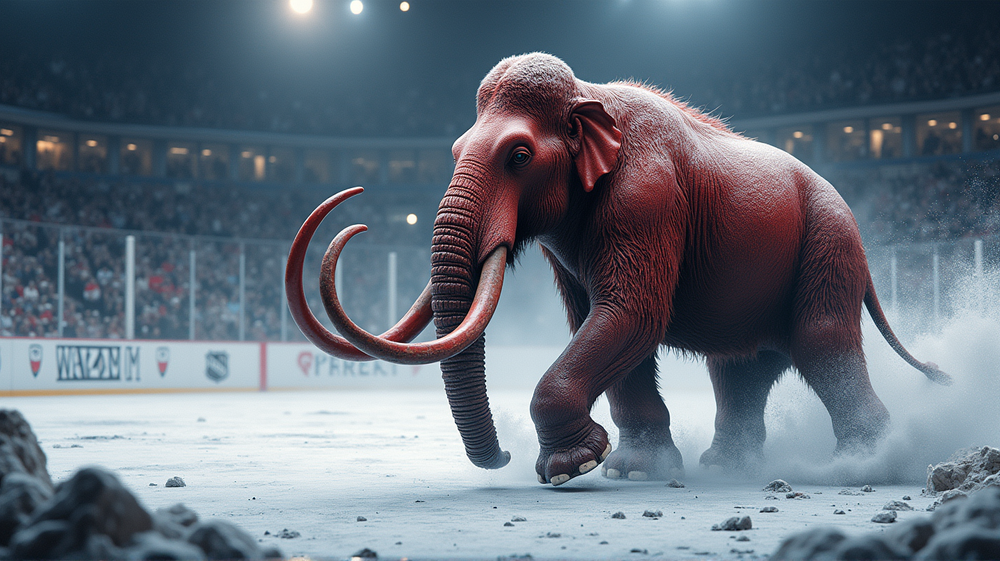Utah Mammoth: A Roaring Comeback to the Ice
A Historic Echo on the Ice
The Utah NHL team embarks on an exciting new era under the name “Utah Mammoth,” reflecting the profound historical connection with the gargantuan creatures that once dominated the landscape. The rebranding is more than just a name change; it’s a tribute to the ancient giants that roamed what is present-day Utah thousands of years ago, making their mark on the land and leaving behind stories etched in fossils.
Fan-Driven Passion and Enthusiasm
The decision to adopt the Mammoth name was the crescendo of a 13-month journey with fan engagement being at the core. More than 850,000 votes were cast online and in-person, showcasing the deep passion Utah residents have for both hockey and their historical roots. “Mammoth” emerged as the overwhelming favorite, symbolizing strength and earth-shattering presence, resonating with many, including Tyler Faith from the Natural History Museum of Utah who eagerly anticipated this monumental decision.
Remnants of the Ancient Giants
Fossil hunters and curious minds alike can find mammoth relics scattered throughout Utah, from the Wasatch Front to the Lake Bonneville basin. In 1988, a remarkably intact mammoth skeleton was discovered in Huntington Canyon, now residing proudly at Utah State University Eastern Prehistoric Museum. These colossal beasts stood up to 14 feet tall, weighing in at 22,000 pounds, and were the largest mammals of their time, drawing parallels to modern-day elephants – a majestic embodiment for Utah’s NHL players.
Bridging the Ancient and the Contemporary
The Natural History of Utah Museum plays a pivotal role in celebrating this link between past and present. The upcoming “Mysteries of the Ice Ages” exhibit offers visitors a chance to see mammoth skeletons along with the potential for fans to sport their new Utah Mammoth jerseys in synergy with the hockey club. This creative bridging of history and sports is a unique testament to Utah’s cultural tapestry.
The Enigma of Extinction
While mammoths continue to inspire through Utah’s sports and museum fronts, their extinction around 4,000 years ago still baffles scientists. Theories abound from climate changes to human hunting behaviors that contributed to their demise. Tyler Faith underscores the significance of understanding these past giants, noting their environmental impact as “keystone species” whose behaviors shaped ecosystems much like fire does in the absence of such large mammals.
A Lasting Legacy
Now, as the mammoth moniker graces Utah jerseys, it encapsulates the rich history and natural legacy these creatures have left behind. The Utah Mammoth are set to charge onto the ice with the same vigor and might that their prehistoric counterparts once did, renewing a bond between past and present in this great state. According to Deseret News, this is more than just a team name; it’s a celebration of the tapestry that weaves together Utah’s vibrant history and its promising future.




